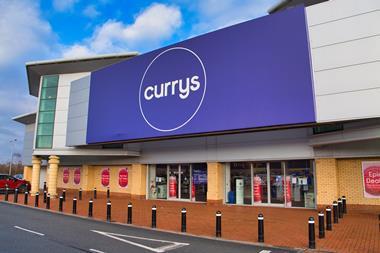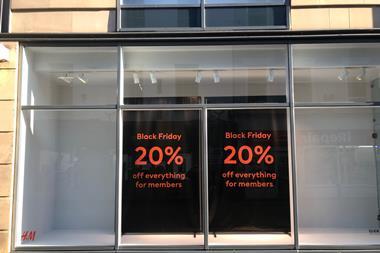Payments have now become a hot topic with global venture capital funds targeting ‘payment tech’ start-ups both here and in the US.
Once a sleepy backwater of the banking industry, payments have now become a hot topic with global venture capital funds targeting ‘payment tech’ start-ups both here and in the US. From shopping walls allowing you to purchase groceries by taking pictures, to services that allow shoppers to ‘pay by tweet’, there’s no lack of innovative ideas to help retailers take money from their customers.
The retailers I meet are excited about all of this innovation; after all, much of it is marketed to assist them on the journey to omnichannel and ‘big data’. However, all are wary of investing too heavily, too early, in ideas that may not stand the test of time.
My advice is to focus on solving genuine problems for real shoppers. Every retailer is different and so are its customers.
WorldPay research shows that payments are what behavioural economist Daniel Kahneman describes as ‘fast thinking’. We decide how to pay based on a subconscious, emotional, almost automatic reaction such as always using cash in the pub or a debit card at the supermarket checkout. It’s only when the ingrained behaviour doesn’t work - or is challenged by a clearly superior alternative - that new ways of paying take hold.
Behind each successful payment innovation has lain a breakthrough that solved a real customer problem and rewarded shoppers for ‘thinking slow’ and changing their automatic behaviour. Even so, it can be a lengthy process.
Cash machines were a major improvement on queuing in the bank on Friday lunchtime but it still took 13 years before half the population used them. And you could argue that Oyster cards, which are widely loved by Londoners today, only took off once TFL doubled the cash fare.
Even for the smartest brand, success isn’t assured. Google, for example, failed to reach critical mass with its wallet and checkout products. This is because new ideas don’t just need to meet the needs of technology vendors, they need to make life easier for retailers too. Payment types costing more to accept than cards are likely to get short shrift, and ideas such as near field communication that need major IT upgrades will struggle to gain widespread adoption. This is not forgetting the importance of easy reconciliation and of administering returns and refunds, some of the items often overlooked by the more enthusiastic start-ups.
Personally, I think the biggest problem the industry needs to solve is m-commerce. Entering card details into a mobile phone is a hassle and is contributing to high cart abandonment. So, I’m optimistic about V.me, Visa’s new PayPal competitor, and I’m excited about the new wave of mobile apps that embed payments in the standard process. Hailo, the taxi-hailing service, is a great example. These ideas make life easier for both the buyer and seller. In contrast, I’ll stick my neck out to say that we won’t be buying groceries by photographing pictures of yoghurt cartons.
- Geoffrey Barraclough, Head of Corporate Propositions, WorldPay


























No comments yet